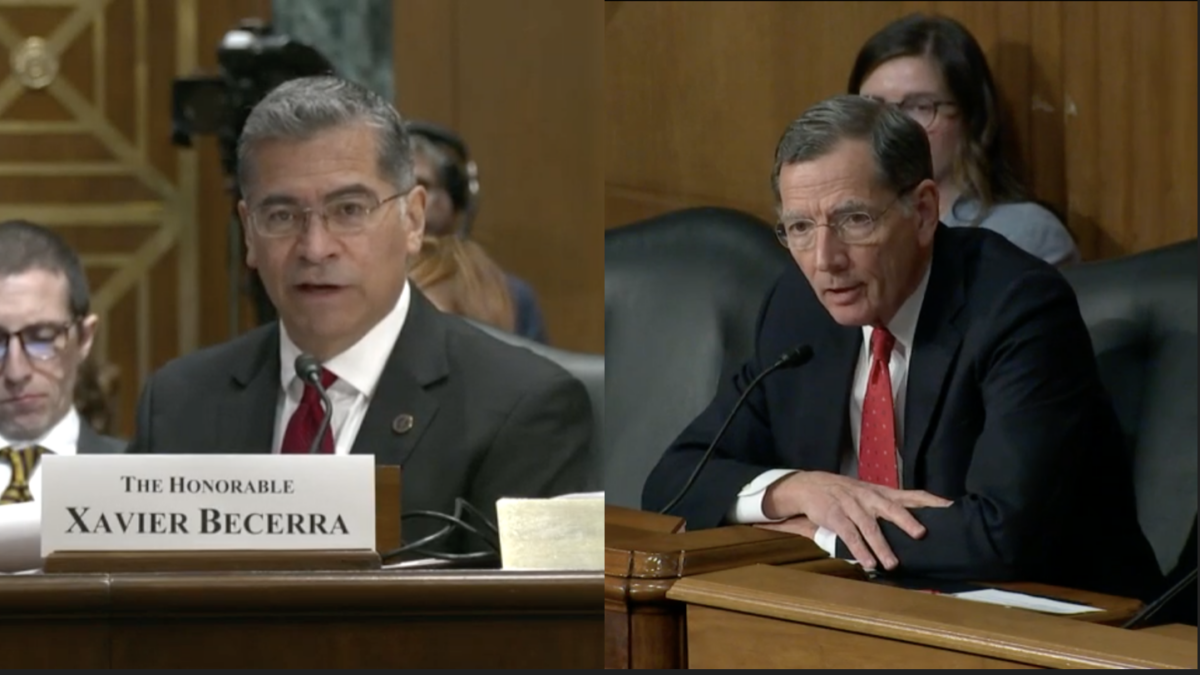
It is no secret that pro-growth policies — low taxes and a light regulatory burden — have propelled population growth in Texas and Florida while the opposite has occurred in California, Illinois, and New York. Elected officials’ response to COVID-19 likely accelerated this trend in 2020, with Florida and Texas netting more than half of the nation’s 1.15 million population increase from mid-2019 to mid-2020.
Each state has its own migration patterns, and these shift constantly in response to conditions and economic opportunities. The advent of reliable and affordable air conditioning, for example, opened the South to migrants from the North who sought to escape harsh winters. This is especially seen in the constant flow of retirees from New York and surrounding states to Florida and from the northern Midwest to Arizona. Also, states such as California and New York that have consistently lost population to other states have often more than made up for the loss through international immigration.
When population growth in a state occurs through people moving, it generates fear from natives and established residents that the newcomers will bring their voting habits with them, turning their thriving new red state homes into the failed blue states they abandoned. It’s a popular narrative. In Texas’s case, polling says it’s wrong.
But you can’t blame the old-timers for being concerned. It’s not just high-profile movers like Elon Musk and Joe Rogan. They’re joined by about three-quarters of a million people a year.
According to the U.S. Census Bureau, between mid-2015 to mid-2019, 3.8 million people moved to Texas. Of these, 2.7 million moved in from other states and 1.1 million moved to Texas from Puerto Rico or foreign nations — 13 percent of Texas’s population of 29 million people in only half a decade. Indeed, about 40 percent of Texans weren’t born in Texas, a testament to America’s continued, though slowing, mobility.
On the other side of the ledger, almost 2.3 million Texans moved out of state in the same period. This resulted in a net inbound domestic migration of 461,000. Of note, compared to the 1.1 million immigrants from overseas, net domestic migration represented only 30 percent of the overall population gain Texas gained from migration. At the gross level, 71 percent of the new movers to Texas over the past five years are from domestic migration.
It has long been a fear of conservative-minded Texans — and a hope of left-wing urban Texans — that new arrivals would tip the Lone Star State’s political balance speculation. This has fueled polling on the question.
In 2013, the Texas Tribune and UT Austin conducted a poll surveying the political orientation of California expats. The California arrivals were 57 percent conservative compared to 27 percent liberal. “OK,” one might expect Texans to respond skeptically, “But what about the others?”
In a 2018 exit poll in the hard-fought U.S. Senate race between Sen. Ted Cruz (who had moved to Texas) and then-Rep. Beto O’Rourke (a Texas native), natives preferred O’Rourke by plus-3 points whereas movers favored Cruz by plus 15. Cruz won the race by 2.6 percent, meaning that if it were up to people who were Texans by birth, Cruz would have lost reelection.
So, who are these new Texans? Over the past five years, 29 percent of the 3.8 million new arrivals are from overseas, although few, other than about 15,000 annually from Puerto Rico or other U.S. island territories, are eligible to vote immediately. Some 14 percent of the new arrivals come from the South Atlantic Seaboard region stretching from Washington, D.C. to Florida, with 13 percent hailing from the Pacific region, of which almost 10 percent are former Californians — the largest single state contingent.
The Texas Public Policy Foundation has conducted two polls of registered voters to test attitudes between natives and non-natives. Its January 2020 poll of 800 registered voters found native Texans supported President Trump over Hillary Clinton by a 7-point margin compared to transplants, who supported Trump by a 12-point margin.
From February to May 2021, TPPF partnered with polling firm WPA Intelligence, asking 3,228 Texas voters if they were born in Texas or moved here and, if they moved to Texas, from where did they move? TPPF polled 1,284 (40 percent) people who moved to Texas and 1,944 (60 percent) who were born in Texas. This ratio reflects the composition of Texas voters who are natives versus non-natives.
TPPF’s polling found there was no statistical difference in voter preferences for either former President Trump or President Joe Biden in the 2020 election among natives versus non-natives. In both samples, support for the two candidates was balanced, with neither seeing an advantage. In the 2020 election, Trump received 52 percent of the vote while Biden received 46 percent, so TPPF’s polling sample slightly overrepresented Biden supporters while underrepresenting Trump supporters.
When looking at where the movers to Texas came from, patterns emerge. Movers from other states were about 1 percent more likely to have voted for Trump than were natives, while movers from overseas favored Biden by 9 percent over natives.
Among domestic migrants to Texas, Trump was most heavily favored by arrivals from the Mountain West, where Trump enjoyed a plus 13-point margin over the support of native Texans followed by the four-state region of Alabama, Kentucky, Mississippi, and Tennessee with a plus-8 advantage. Counterintuitively — at least among Texans with an opinion — the area with the third-highest support for Trump among movers was California, where movers were 5 percent more likely to have supported Trump than were natives.
The region that sent the greatest share of Biden supporters was the South Atlantic Seaboard region, where movers favored Biden over Trump by 9 points more than did natives — the same margin as Biden was favored among voters who were born in another country.
While naturalized Texans preferred Biden in 2020 compared to domestic movers, they were almost as conservative (42 percent to 44 percent), less liberal (14 percent to 18 percent), and far more moderate (45 percent to 37 percent), signaling that overseas immigrants to Texas are up for grabs politically and are likely taking a dim view of the modern left’s full-embrace of all things woke.
There are two takeaways from this data for Texas. First, because America is unlikely to adopt internal passports (vaccine passports aside), people are free to move about the nation. Thus, the only way Texas could make itself an unattractive place to move would be to adopt California’s model of high taxes and heavy regulations.
Second, moving takes a lot of effort and is usually the consequence of big personal decisions. People moving to Texas have their own reasons for doing so shaped by their own attitudes and, as a result, don’t necessarily reflect the prevailing cultural and political mores of the place they left behind. Ultimately, the battle for the political future of Texas has just begun.









